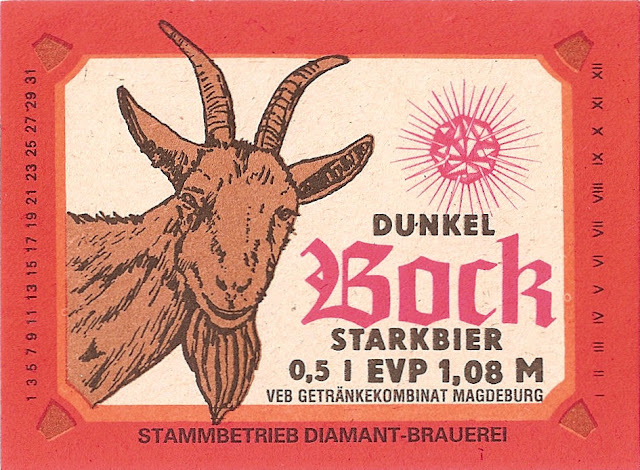If you refer back to the map, you’ll see that there are four breweries marked. But William Younger’s Abbey and Holyrood breweries were far larger than the other two.
“ALTERNATIVE SITES
Asked by the Lord Provost where they would find a site of 32 acres for the breweries, Mr Plumstead said that they would get 19 acres in the London Road area by removing sub-standard tenement property and the rest could be found in the Craigmillar area.
The Lord Provost — What are you going to achieve by this wholesale removal at Holyrood?
Mr Plumstead — You are going to achieve a unity of residential property which could be of very fine character, in keeping with the Royal Mile.
The MacRae plan, said Mr Plumstead, envisaged a comparatively small amount of residential property, and the existing population of 3800 would fall to 1300. There was agreement between the advisory plan and the MacRae plan so far as the widening of Horse Wynd was concerned.
They differed in so far as Mr. MacRae retained the brewery immediately to the west and suggested Queensberry House for industrial use. The Advisory Plan suggested the retention of Queensberry House as an institution or for residential use.
The committee unanimously agreed to accept the MaeRae report for the redevelopment of the north side of the Canongate as a residential area, but Councillor Rhind moved an amendment that on the south side of the Canongate the Corporation should plan for the ultimate removal of industry from the area.
They could not, he argued, have both residential property and industry in the Canongate. He personally would not like to live in houses overlooking breweries and heavy industries.”
The Scotsman - Tuesday 04 July 1950, page 6.
So they were going to knocj down some old tenements to find space for the breweries. That and the Craigmillar area, by which they mean Duddingston. Which, although already home to half a dozen breweries, had plenty of open space, being surrounded by farmland. It seems a pretty obvious solution.
The north side of Canongate had less industry than the south side. Basically just a huge bus depot and one factory. A fair amount of land was taken up by a church and graveyard. Whereas on the south side most of the land was occupied by industry.
Personally, I’d be quite happy to live overlooking a brewery. You’d have the lovely smell of mashing every day. Who could object to that?
“A MAIN INDUSTRY
Bailie Robert Bell said they were dealing with one of Edinburgh's main industries and two of the leading firms in the brewery industry. He asked if the breweries knew of the plans to move them and if they had had an opportunity of expressing their views.
Mr Plumstead said that although they had never come before the committee, the committee had authority to have consultations with them.
The Lord Provost said that to clear out all industry down the south back of the Canongate would mean they would still need to clear everything on the other side of Holyrood Road. "That to my mind is so fantastically expensive that it is unrealistic," he declared.
Councillor Rhind suggested they should make a brewery precinct at Duddingston. He wanted to see the Canongate alive again — not dead as it was to-day — and a real Royal Mile.
Councillor J. B. Mackenzie said he was all in favour of the MacRae plan as achieving something in our generation rather than what he would regard as a theoretical dream.
Councillor J. G. Dunbar wanted to know what would be the ultimate cost of removing firms like Younger's.
The Lord Provost — It would be to my mind as big an expense as moving the railway from Princes Street Gardens.
After further discussion the Lord Provost moved the adoption of the MacRae report for the area of the Canongate — excluding the Abbeyhill district — bounded by the Calton Road up to New Street and down St John's Street to the south back of the Canongate and back to the frontage of the entrance to Holyroodhouse.”
The Scotsman - Tuesday 04 July 1950, page 6.
Brewing was still an important Edinburgh industry in 1950. Though over the next 15 years mergers and closures would greatly reduce it importance. Eventuall being reduced to just a single brewery, Caledonian.
It doesn’t sound as if the breweries had been consulted at all about the council’s plans. Though it looks as if the expense of implementing them had effectively made them a non-starter right from the start. Eventually, the council didn’t need to force the breweries to move: they closed of their own accord. The Abbey Brewery in the 1950’s and the Holyrood Brewery in the 1980’s. Patience was all the council needed.
Doubtless the council couldn’t imagine in 1950 what would happen to Edinburgh’s brewing industry. It had been around so long it must have appeared permanent to them. How wrong they were.


















































































































